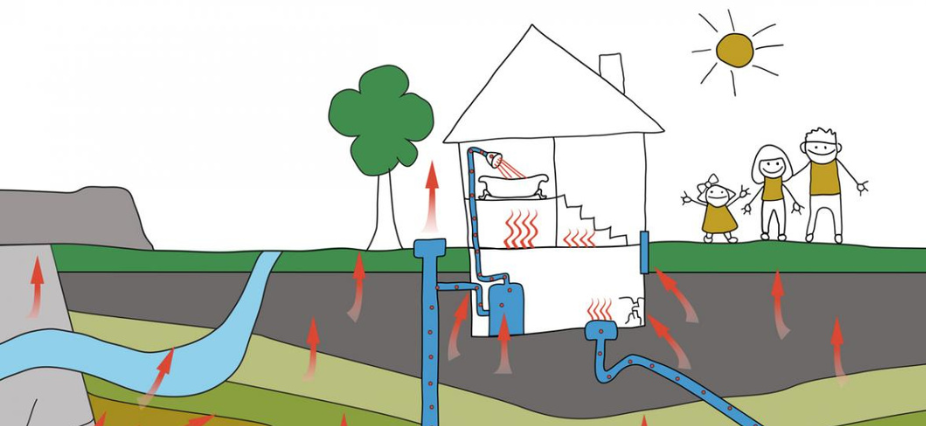
New changes are coming to the BC Building Code. As the government stated in a press release dated December 5, Building Code 2024 will require radon systems to be built into single family and low rise residential construction all across the province. Changes will likely come into force on March 8, 2024.
The Healthy Indoor Environments program at BC Lung Foundation has been working hard to show radon is in issue everywhere in the province.
Up until now, the BC Building Code has had geographical restrictions on key requirements for radon protection. So called ‘radon rough-ins’ were only needed in areas the BC government deemed ‘at risk’.
But with extensive community testing, and the creation of the BC Radon Map, it became clear the old geographical restrictions no longer made sense. Radon can be an issue anywhere in the province and the new Code Changes reflect this. Many BC builders and municipal inspectors are going to need to learn about radon and radon systems in the next months.
The other big change concerns how these systems will be built.
Historically, the BC Building Code has not had very good descriptions of how to build radon systems. BC Lung Foundation's own research conducted in 2021 and 2022 showed many radon systems were being poorly built and unlikely to offer any radon protection.
New wording was put up for public review earlier this year. The current posted BC Building Code 2024 adopts the proposed changes. It also offers much more detailed descriptions of radon gas and mitigation systems in the Notes.
The new wording is an improvement. We hope the new changes—coupled with adequate education— will guide builders (and municipal inspectors) to make sure good passive radon systems are being built.
Well-built passive sub-slab depressurization systems will reduce radon levels in any home— and decrease the risk of lung cancer. We want to reduce radon exposure as much as possible, not only in homes that are tested at over Canada’s Radon Guideline of 200 bq/m3. 200 Bq/m3 represents a pragmatic choice rather than a magic line below which risks dissapear. There is no threshold where the presence of radon does not create some risk.
There is now good guidance on building radon systems in CGSB 149.11 (soon to be updated). The current changes move somewhat in that direction, and we wanted it go farther.
Efforts are underway to change the National Building Code’s radon provisions— in fact, public review runs until December 18, 2023. We hope new versions of the NBC will adopt clear, ordinary language descriptions that guide builders to create effective passive radon systems. Better language in the NBC could also guide future improvements in the BC Building Code.
